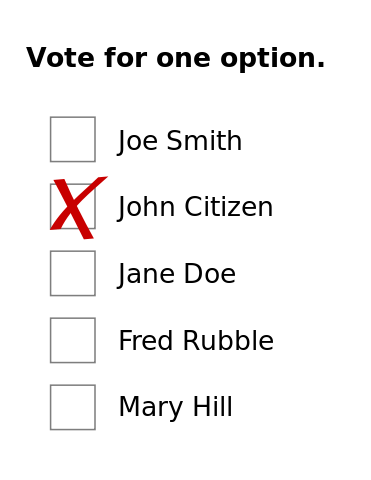Plurality vs Majority
The distinction between plurality and majority is related to the number of votes a candidate receives. Plurality and majority are concepts utilized in elections to determine a winner. Understanding majority is relatively simple, but plurality can be more confusing. Both concepts are integral in democracies where candidates are elected based on the plurality of votes, while parties maintain power as long as they have the support of the majority of the legislature. To better understand the difference between majority and plurality, continue reading as this article clarifies the two concepts.
What is Majority?
A majority refers to obtaining more than half of the votes. In other words, a majority is receiving over 50% of the votes in an election. For example, if two candidates are running for class captain with a total of 100 students voting, the candidate with the higher number of votes will win. In this case, the majority is defined as being more than half the number of votes (50+). If one candidate receives 51 votes and the other 49, the candidate with 51 votes has the majority and wins the election.
However, the voting system accepted by a country or organization impacts the election outcome. For example, some organizations require a majority vote, and if neither candidate receives more than half the votes, another round of voting is necessary. Presidential elections may also require an absolute majority to declare the winner, which can result in a more complex process. In countries like France, Austria, and Brazil, a two-round system is implemented if no candidate receives over 50% of votes. In the second round, all but the top two candidates are eliminated, ensuring that one candidate will receive a majority.
Different types of majorities exist, such as simple majority, absolute majority, and overall majority. A simple majority occurs when a candidate has more than the minimum required votes to win, but those votes are not more than half of the total vote count. An absolute majority denotes when votes are more than 50% of all registered voters, not just those who voted. An overall majority occurs when a political party wins an election with more votes than all their opponents combined.
What is Plurality?
Plurality refers to receiving the most votes, but that number may be less than half of the total votes. In other words, plurality means receiving the most votes but with a total of less than 50% of the votes. Plurality comes into play when more than two candidates are competing for the same 100 votes, and none receive a majority of votes (50+). In this scenario, if the votes are divided among three candidates in a 45, 35, and 20 ratio, no one has a majority of votes. However, according to the principle of plurality, the candidate with 45 votes is declared the winner. Thus, plurality represents the highest number of votes in an election, although it may be less than half. If one candidate still receives more than 50 votes, they are considered to have a majority of votes.
Key Takeaways
- Majority refers to a candidate receiving more than half of the votes, while plurality means receiving the most votes but with a total of less than 50% of the votes.
- Both majority and plurality determine the winner in an election, but only in majority does the winner have more than half of the votes.
- Majority can occur with just two candidates, while plurality requires an election to have three or more candidates.
